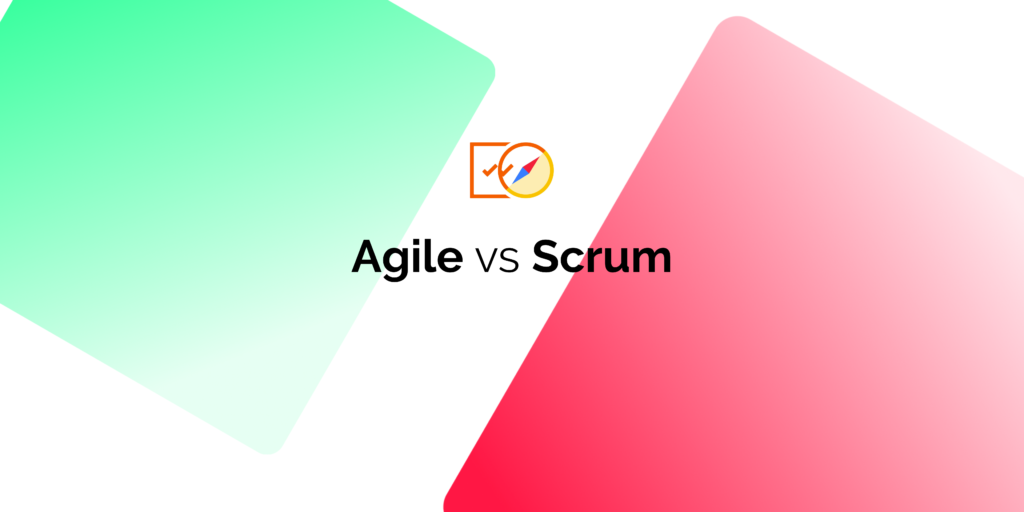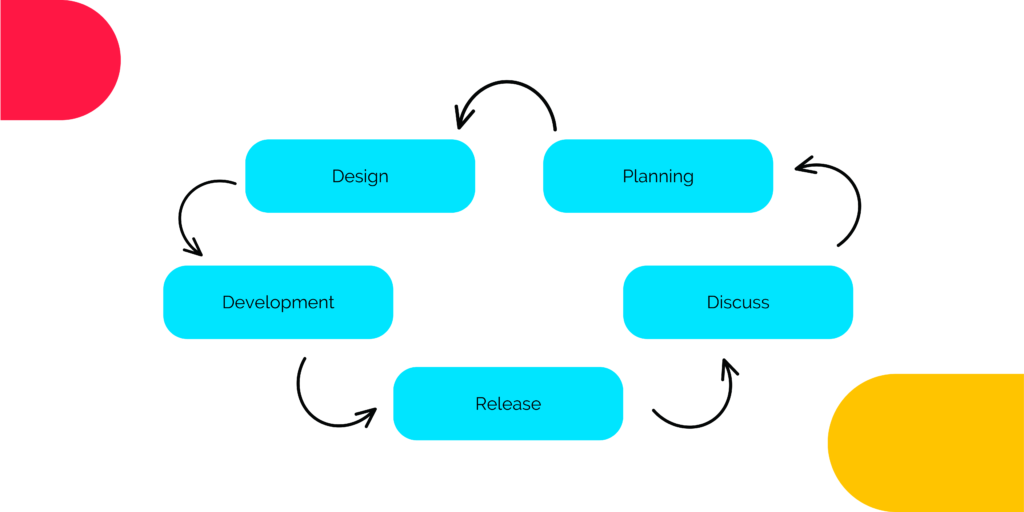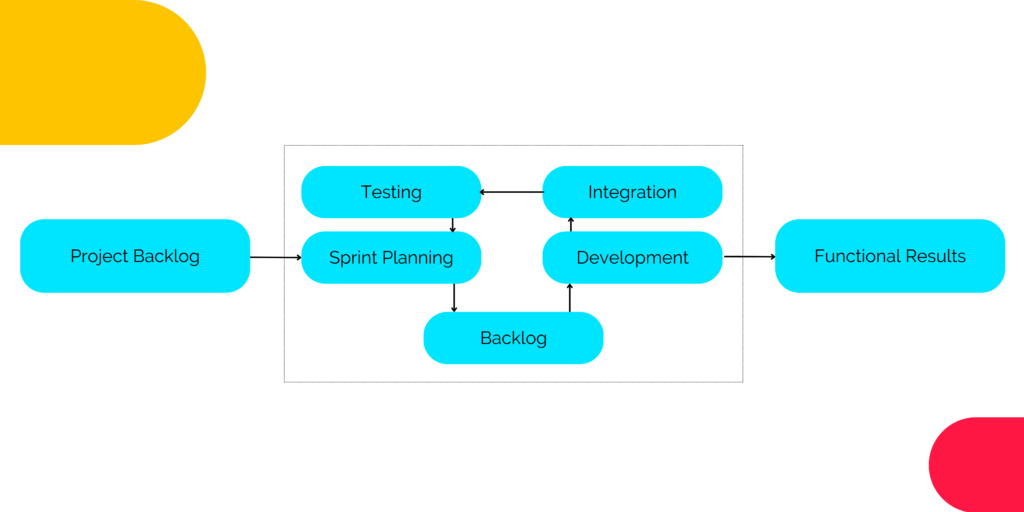
Project management is a vital process for any organization or business to successfully plan and complete projects. Utilizing the right project management technique can help to reduce workloads, improve collaboration, optimize processes, and increase productivity. In this blog, we will explore two popular project management techniques – Agile and Scrum – and how to decide which one is right for you.
You may also want to learn more about the other most popular project management techniques.
Introduction: What Is a Project Management Technique?
Project management techniques are methods used by organizations to plan, execute, and monitor projects. These techniques help organizations ensure that tasks and activities associated with a project remain on track, within budget, and without any disruption. The aim of these techniques is to deliver successful outcomes while also aligning resources effectively in order to achieve desired results. Project management can be applied to a variety of different areas including software development, engineering projects, product launches or marketing campaigns. By using an effective project management technique it enables teams to work together more efficiently and helps them stay organized throughout the entire process.
What is Agile Methodology?

Agile methodology is an iterative approach to delivering projects that focuses on ongoing collaboration, customer feedback and flexibility. The goal of the agile methodology is to ensure that project deliverables are delivered quickly and efficiently with high quality standards. Agile teams are typically cross-functional, meaning they have members from multiple departments or areas of expertise working together towards a common goal. This allows for faster decision making and more efficient problem solving when issues arise during the development process. Additionally, agile teams use short sprint cycles which allow them to make rapid progress in small chunks, ensuring that tasks can be completed at a steady pace without compromising quality or results. By utilizing this type of incremental approach, it helps teams stay focused on their goals while also allowing for quick adjustments if needed along the way.
Check out our list of 6 best Agile project management tools
What is Scrum Methodology?

The Scrum methodology is a popular project management framework that helps organizations achieve their desired outcomes. It utilizes an iterative process, where teams break up tasks into smaller steps and complete them in short sprints. This approach enables teams to quickly identify potential issues and make changes along the way if needed. The Scrum method encourages collaboration between team members throughout the entire development cycle, allowing for faster delivery of projects with higher quality standards. Additionally, it ensures transparency by providing visibility into each step of the process so that everyone involved can remain informed about progress and any potential roadblocks or risks associated with the project. By utilizing this type of technique, it allows for flexibility when making decisions while also giving teams control over how they execute specific tasks within their project timeline.
Read more on why Scrum & OKRs work together in harmony.
The Main Differences Between Agile and Scrum
The main differences between Agile and Scrum are the way they approach project management. Agile focuses on an iterative development cycle, where teams break up tasks into smaller chunks and complete them at a steady pace. This allows for quick adjustments if needed along the way while also giving teams control over how they execute specific tasks within their timeline.
On the other hand, Scrum is a framework that utilizes sprint cycles to deliver projects quickly with high quality standards. It emphasizes collaboration between team members throughout the entire development process, allowing for fast decision making and efficient problem solving when issues arise during the course of the project. Both approaches strive towards successful outcomes but have different structures in terms of planning and execution which should be taken into consideration when selecting a project management technique for your organization or business.
How to Choose the Right Methodology For You
Choosing the right methodology for your project is essential in order to ensure its successful completion. There are a variety of different approaches available, each with their own unique benefits and drawbacks. When determining which approach is best for you, it’s important to consider the following factors
- the size and complexity of the project
- team structure
- resources available.
Additionally, it’s also helpful to look at other projects that have been completed using similar methods in order to gain insight into how they were managed and if there were any lessons learned along the way. By taking all these elements into consideration it can help provide better direction when selecting an appropriate methodology that will suit your specific needs while ensuring a successful outcome.
Agile or Scrum?
When deciding between Agile or Scrum methodologies, it’s important to understand their respective advantages and disadvantages in relation to your project goals. While both approaches strive towards achieving desired outcomes quickly with high quality standards, they differ significantly in terms of planning and execution techniques used throughout the development cycle.
- Agile is an iterative process where teams break up tasks into smaller chunks while completing them at a steady pace.
- Scrum utilizes sprint cycles which enable fast delivery times but requires more intensive collaboration between team members throughout the entire process.
Ultimately though, whatever approach you decide upon should be tailored specifically for you so that it meets both short-term objectives as well as long-term success criteria without compromising on quality results or customer satisfaction levels
In conclusion, project management techniques help to ensure that projects are completed within an acceptable time frame. Agile and Scrum are two of the most popular methods in use today, but they have distinct differences. Agile focuses on customer feedback while Scrum is more focused on incremental processes. Ultimately, choosing the right methodology depends on your specific goals and needs. With a solid understanding of available options, your team can succeed at their next project and ensure a high level of organization and efficiency along the way.